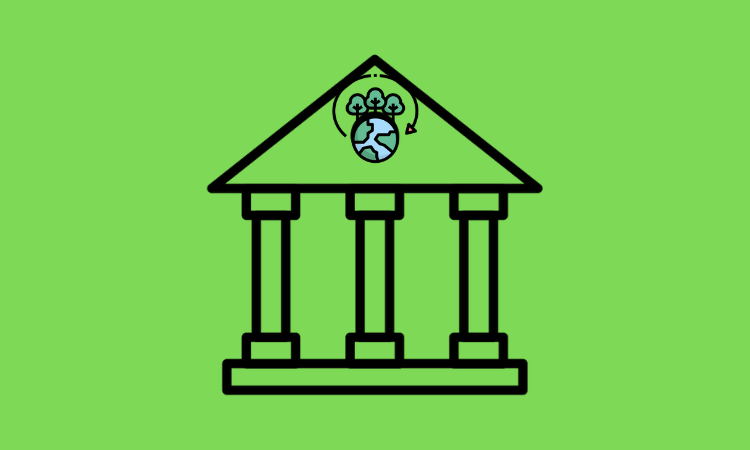Member Exclusive, New banks
How fintechs are working with banks to make them more green
- The financial ecosystem seems to be getting greener.
- Can fintechs help banks provide greener financial solutions?








